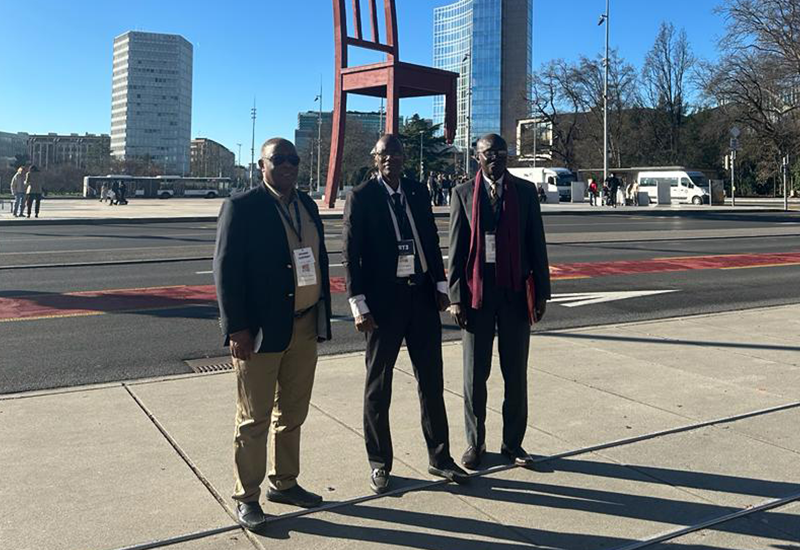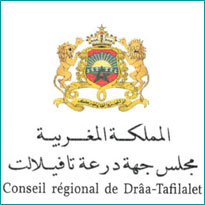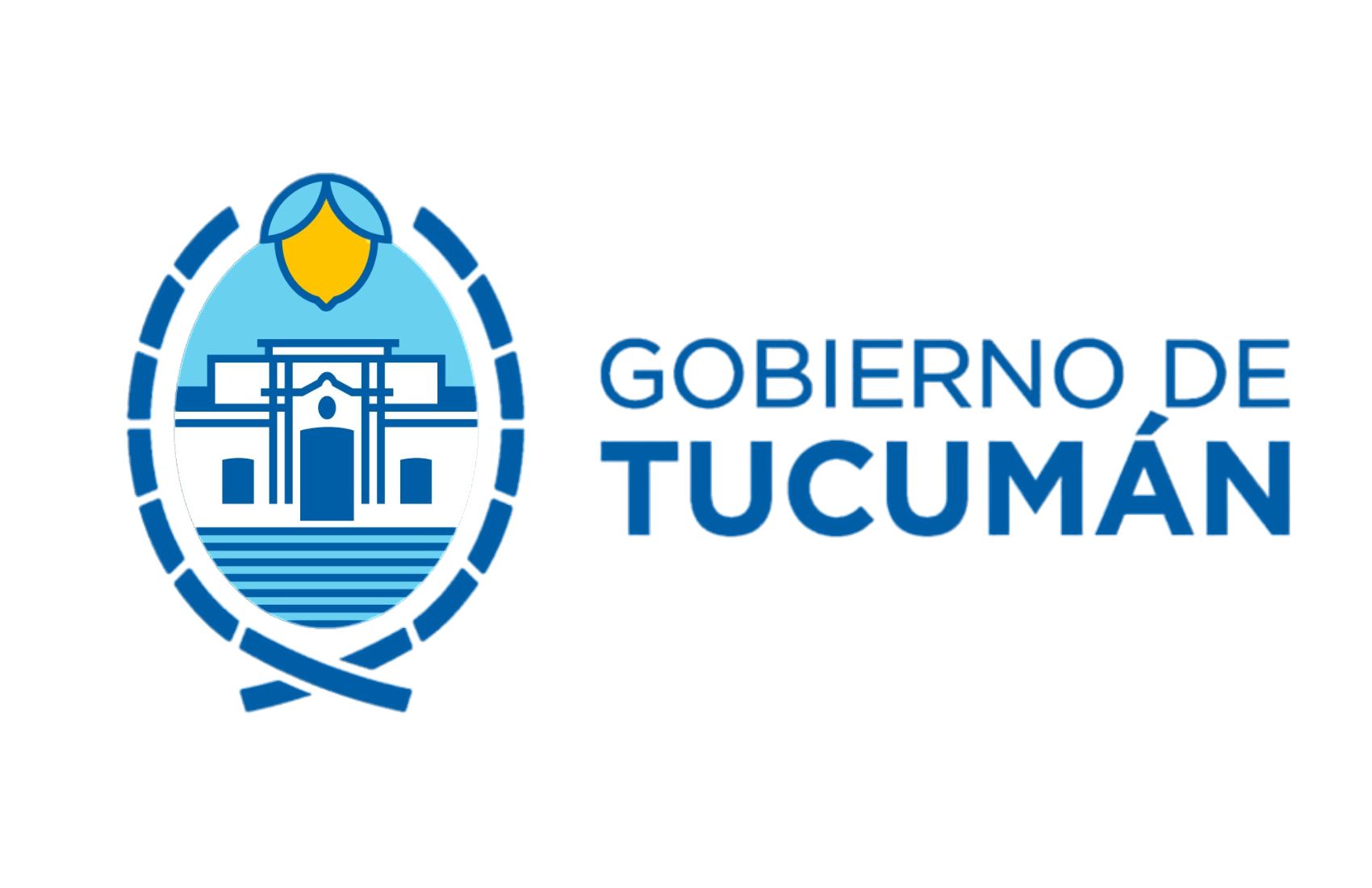
Latin America’s interest for research, development and innovation (R+D+i) has gained prominence in the last decades, gradually increasing investments in this area and in associated policies (like education or industry). In the last few years, several Latin American territories have followed with special interest the development of RIS3 (Regional Innovation Strategies for Smart Specialisation) in the European Union to potentially emulate its strong points. The RIS3 seek to promote innovation by boosting the sectors in which a territory has competitive advantages and in which it can stand out over its competitors.
All of this, placed in context within the features of each territory or region in the world. In the case of Latin America, providing added value to basic production, investing in human capital or developing the most vulnerable areas through innovation projects are some of the priorities and challenges that are on the table. Some territories have sought in the RIS3 the methodology to address them.
Today, some Brazilian, Chilean and Peruvian regions lead the implementation of initiatives based on RIS3 in Latin America. The European Commission, the EU Executive, is aware of these initiatives and carries out a certain follow-up, through the Platform S3 and some planned projects with European funds for international cooperation. Also, ORU Fogar develops its initiative in this area, promoting innovation projects based on RIS3 in Latin American regions.
If we want to give an example of development of new innovation models based on RIS3, we must mention the Piura Region, in the north-west of Peru, in the border with Ecuador. Piura has approximately 1.7 million inhabitants, distributed in 8 provinces, including the capital, the city of Piura. The region has a strong industrial base, with a strong prevalence of the agriculture, fisheries and food sectors and a strong presence of sectors based on natural resources. The scientific activity is focused on its universities, the most important being the University of Piura and the National University of Piura, both committed to boosting innovation in the region.
In December 2015, during an event organised by the University of Piura, the concept of RIS3 was introduced in the region and in Peru. This event included the participation of Marcelino Cabrera, coordinator of the European Commission’s S3 Platform. Shortly after, CONCYETC, the agency for science and innovation in Peru, provided funds to the University of Piura to initiate the development of smart specialisation strategies in the region, in coordination with the Regional Government of Piura, led by Governor Reynaldo Hilbck, Piura’s Chamber of Industry and the National University of Piura, in an exercise of developing synergies allowing to set an agenda, as a strategic and operational plan, for the region to acquire skills in the field of innovation, allowing to implement projects in the sectors with higher potential.
To this date, the design of this agenda is in full development and it is expected to be completed during the second semester of this year. With the permanent cooperation of the four institutions mentioned before, and with the participation of other agents of the region and the country, as well as the collaboration from the Autonomous University of Barcelona, through the work of the signer of this article, a broad study has been carried out showing the industrial and scientific capacities of Piura, its opportunities and challenges, which must be taken into account now that the instruments to fund the different projects are being designed. After the agenda is approved by the Regional Government and CONCYTEC, we reach the most important and decisive point: its implementation. For that, it is essential that the Piura region and all of Peru, as well as Latin America in general, continue supporting knowledge and innovation as guarantors of a sustainable economic growth. The tools are on the table and it all seems to indicate that the agenda can be successfully implemented.
This example serves to illustrate the importance of regional and national governments drawing from a clear and precise strategy when investing in innovation. Two concepts here must be outlined: decentralisation, because when we speak about these initiatives it is essential that the funders are close and well-connected to the executors, and intelligent strategies, which can be based as in Piura’s case in specialisation, determining the comparative advantages of a territory and working to reinforce them.
Thus, if innovation is the key, we must also innovate in the strategies we carry out to develop the policies that will support it. In this context, efficiency and efficacy of the strategies will largely depend on the connectivity and the synergies within a region and between this region and other national and international territories. Working together will lead to establish the right policies to reinforce the innovation systems towards growth and a social and economic well-being.
Dr. Ricard Esparza Masana
Professor of Economic Analysis at the Autonomous University of Barcelona














































































